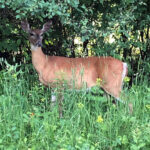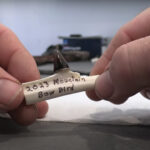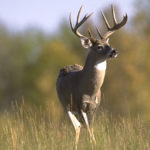Last winter, my wife and I relocated to northcentral Pennsylvania. I was ecstatic over the move because I’d now be living not far from where we had a camp and where I’d spent most of my time chasing big woods bucks anyway. Joke was on me, though, when we ended up buying a house and finding jobs that took us in the opposite direction. When the dust settled, I realized it was just too far of a drive to hunt my favorite areas after work. If I wanted to maximize my time on stand, I’d have to find somewhere closer to our new residence to hunt.
Most hunters don’t enjoy change, but sometimes there’s nothing we can do about it. Land gets posted, leased, developed, we relocate for jobs, or we simply lose permission to access those familiar stands where we’ve made so many memories. It can be difficult to start all over again and learn new areas. Fortunately, there are a number of things hunters can do to help make that transition as smooth as possible.
Getting Settled
Throughout my life, I’ve rarely hunted any area for more than five years, whether it was public, private, or leased land. While it’s tempting to jump right in and find a new place and hit the ground running, so to speak, I’ve always found it more beneficial to be patient. Spend time getting yourself, and your family, settled first. Starting a new life isn’t easy.
It takes time to get acclimated, and more importantly, to make sure those around you feel comfortable, too. For my wife and I, that involved getting our two young kids into a good daycare and school, and then finding a church where we felt at home. Having a support system in place allowed me to spend more energy later on looking for new ground, scouting, and eventually hunting.
Also, part of the settling in process involved meeting people and making connections. When I met someone, the conversation inevitably turned to hunting, and I made sure to point out on occasion that I was trying to find somewhere new to hunt that fall. Although this didn’t lead to any offers or permissions, every now and then I picked up a helpful piece of information. I found out about a couple of leases in the area that were looking for new members as well as a handful of tracts of public land that might be worth checking out. It wasn’t much, but it added up.
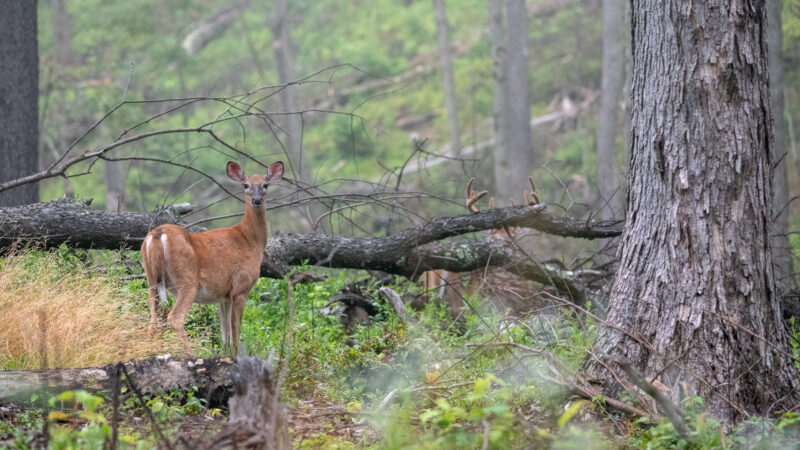
Building on History
Fortunately, I live in a part of Pennsylvania where there are abundant public lands. We have thousands of contiguous acres of state land very close to where I live, and since this was the type of terrain I’ve grown accustomed to hunting in recent years, exploring these large forested tracts was kind of my default setting, so it wasn’t a disappointment to not receive any invites from anyone I’d met thus far.
Perhaps that’s the biggest factor for being successful somewhere new – figure out how to take everything you’ve learned over the years and apply it to where you are now. For me, that meant looking at online maps and aerial photographs to locate potential hot spots. In this country, timber cuts of all ages play a very important role in where you’ll find deer. I made notes of every place where these cuts overlapped with terrain features such as saddles on ridges, points, and other travel corridors.
Once I had a handful of spots circled on the map, I tried to figure out the best way to access those spots. And then I spent many evenings after work driving around those areas looking for gated forest roads, old logging roads, or trails that would help me get into some of the more remote areas that I figured would have some good bucks. After that, it was simply a matter of hiking into some of these places and seeing what they looked like.
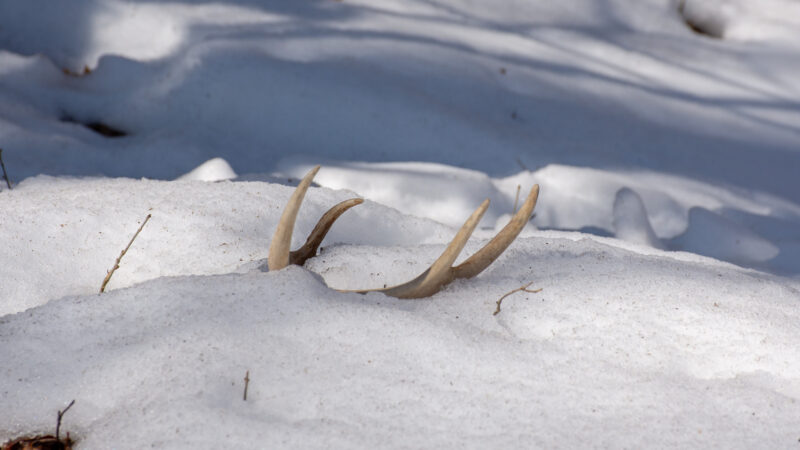
Every Tip Counts
Every time I met another hunter who seemed trustworthy, whether in the woods, at work, or in a social setting, I talked about whatever sign I’d found on recent scouting trips. For me, trustworthy meant that they were someone who already had private land they hunted on and didn’t care about what I was seeing on the nearby public land. Many of these folks were lifelong residents of the area and were familiar with where I was scouting or knew somebody who was, and I picked up bits of information from each one.
Prior to a meeting one morning, I mentioned to a guy who lived just down the road from me that I drove past a gated forest road that looked interesting, and I asked if he’d ever hiked up in there. According to the map, it was a mile-long hike straight uphill, but once you were up there, several little ridges came together, and I thought it had potential.
“Not many deer up there,” he said, “but usually a few around the cut.”
My ears perked up. A cut? According to all of the maps I’d consulted, no timbering had been done in that area for many years. It was such a casual, throw-away comment, but I filed it away in my memory for an after-work scouting trip.
A few days later, I hiked up into the area – and it truly was a steady uphill climb for well over a mile – and once I got to the top, I kept going farther than I would have if that guy hadn’t told me about a potential timber cut. Sure enough, I found it, a big, ultra-thick cut of nastiness that reeked of deer. I had to walk almost the whole perimeter before finding quality buck sign, but the first rub I found was surrounded by a dozen more as well as a smoking hot line of fresh scrapes. I got that tingly feeling along my arms and back of my neck because I knew I’d found a killer stand location.
I ended up hunting this location eight times. I saw six different bucks, three of which were shooters. One of those was an absolute stud that chased a doe all around my stand shortly before dark, but never stopped long enough that I could take a shot.
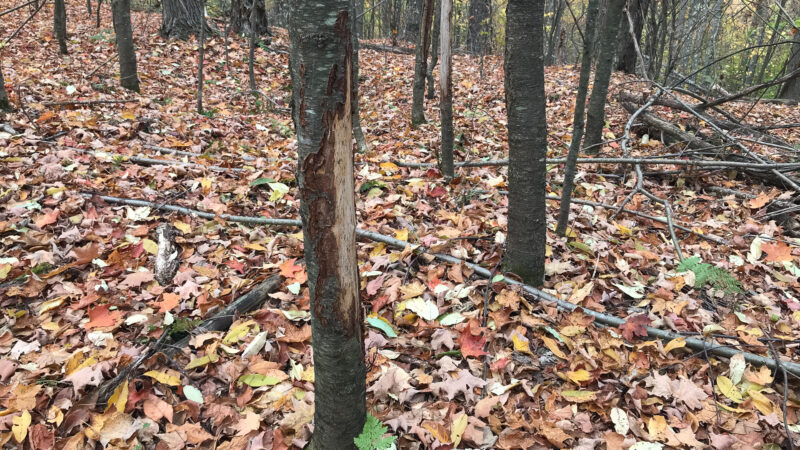
Mapping New Ground
In cases like this, when you’re trying to find new ground to hunt, maps can only take you so far with your scouting. They’re a great tool for identifying tracts of land and figuring out access, but they don’t always tell the whole story. In some areas, timber cuts and various habitat improvements are a regular occurrence and these changes aren’t always updated right away on maps. Talking to people about the area is the most effective and efficient way to find out what’s happening locally without investing a ton of time into areas that may not pan out.
Sometimes, though, maps can help you narrow down locations. On the public lands that I hunt, the key to success is finding those terrain features that overlap with quality habitat, and then figuring out how to access them. Maps are an extremely valuable tool for that. They can also help you find isolated patches of ground that many other hunters might overlook. From there, it’s truly a boots-on-the-ground proposition and the only way you’re going to know if it’s an area worth hunting is to get in there and take a look around.
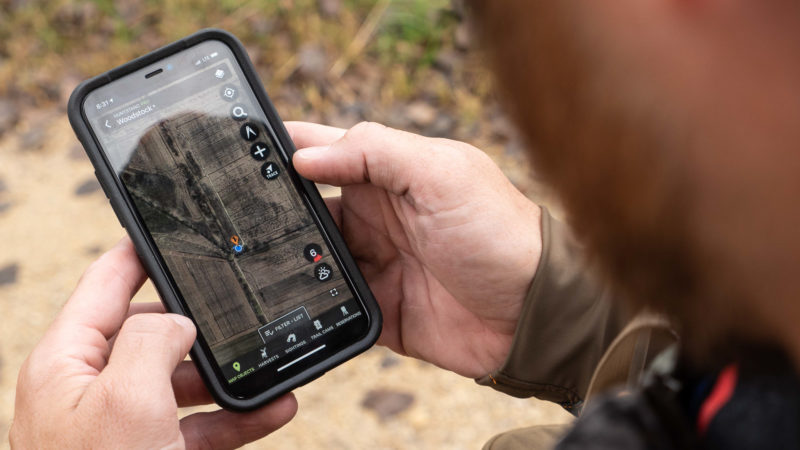
It’s hard to move anywhere and jump right in on prime hunting ground from day one. Most of the time, finding a good place to hunt is a systematic process of elimination. Basically, you start ruling out places where either you don’t want to hunt for one reason or another (poor habitat, no deer sign) or you cannot hunt (posted no trespassing), and then look at what’s left.
Many evenings were spent riding around with my wife and kids looking for deer. I typically had my smart phone on my lap and stopped periodically to consult my mapping software to try to decipher what was just beyond the trees or out a ridge. I dropped pins in every location that looked promising on the map, marked every trail that crossed the roads, and even marked every place where we actually spotted deer cross the road.
All of these things helped me quickly learn the territory and identify possible deer travel routes. And although I was unsuccessful in archery season, the hard work paid off, and I harvested a nice buck on opening day of gun season.
Trail Cameras
Prior to the season, I put out around two dozen trail cameras in various spots that looked promising. Many of them I didn’t even bother checking until after the season. Letting these cameras soak for an entire season provided an incredible amount of intel that I can now use in the future.
Some cameras were set near access areas and carefully concealed to limit the potential for theft. Locating them near access gave me an idea of the hunting pressure in each area. A number of places received a lot less pressure than I thought they would, while a few others got a lot more. Again, this is all valuable intel for the future.
Letting cameras soak all season also told me how bucks used each area, and how that movement ebbed and flowed throughout the fall. Also, in many cases, I got photos of the same bucks all fall, even after all hunting seasons had closed, so now I already have a few bucks on my target list for next year.
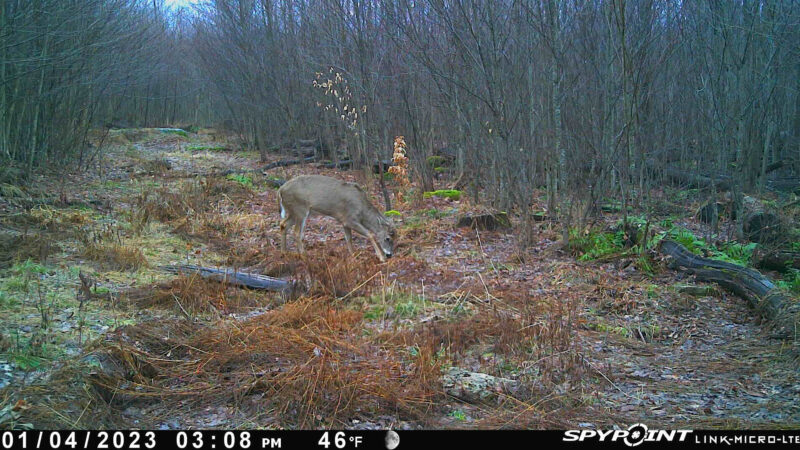
Conclusion
To some degree, I think every hunter dreams of finding that one stand that they can go to year after year and expect success. I’m a little envious of those who have that type of consistency and can make long term plans for the areas they hunt. I’ve never had that luxury, and I believe many hunters also find themselves in situations where they have to constantly find new ground to hunt.
For some, it can be a daunting task to find new ground. It takes time to meet people, build connections, and establish a network of contacts that might be able to steer you in the right direction. More than that, though, it takes a lot of effort to identify good areas and scout and set up new stands. But when you achieve success, and you worked your butt off for it, the reward is more than worth it.

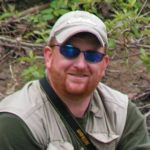 By
By 
